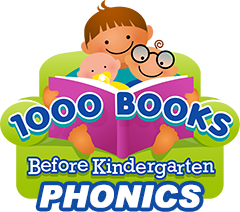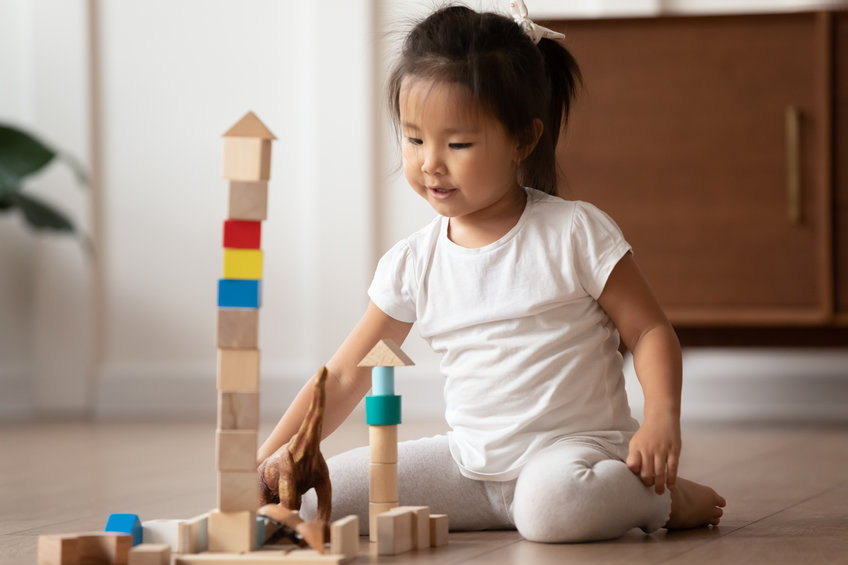We here at the 1000 Books Foundation are constantly asked by parents how to increase their children’s reading and writing skills. In a widely cited study by the National Institute for Literacy entitled, “A Child Becomes a Reader,” the authors identified eleven building blocks of reading and writing.
Specifically, children need lots of opportunities to:
- Build spoken language by talking and listening. Did you know that as a parent you are your child’s first teacher? Simply speaking properly and talking to your child will have enormous benefits. In everyday parlance, simply describe what you are doing with them. Additionally, keep in mind that the benefits of “reading aloud” can never be overstressed. As you are aware, the NICHD and several academics have long concluded that “reading aloud” is the best way for parents and caregivers to prepare a child to learn to read.
- Learn about print and books. Does your child know how to properly hold a book? Does he know the difference between the author and the illustrator? Does he know the proper order to read the pages of a book (from left to right, from top to bottom)? The skill of identifying the parts of print books is still ever important.
- Learn about the sounds of spoken language (this is called phonological awareness). This is one of the most important building blocks of reading and writing. Our recommendation is to record your child as he/she learns how to read and to recognize sounds. Alternatively, you can use a mirror to help your child mimic speaking.
- Learn about the letters of the alphabet. The English language has 26 letters. There are five (5) vowels. The five (5) vowels are a, e, i, o, and u (and sometimes -y). Vowels are special (just like your child is special). Each syllable or word must have a vowel. Vowels can make at least two sounds—short and long. Vowels along with consonants are the building blocks of words. Use the 1000 Books Before Kindergarten ABC Writing App available on iTunes and in Google Play.
- Be read to and read on their own. Point to words on a page and have your child read them. Read the words that they have not yet learned, but make sure to have your child read the words that she knows. If you have not already completed the 1000 Books Before Kindergarten early literacy challenge with your child, now is the time to do so!
- Learn and use letter-sound relationships (this is called phonics) and be able to recognize words when they see them. The 1000 Books Before Kindergarten Complete Phonics Course is the perfect complement to the 1000 Books Before Kindergarten early literacy challenge.
- Spell and write. If your child is able to correctly grasp a pencil or pen at this time, it may also be very useful to start teaching your child how to write each letter correctly. This process will greatly reinforce the learning process. Use the 1000 Books Before Kindergarten ABC Writing App available on iTunes and in Google Play.
- Develop their ability to read quickly and naturally (this is called fluency). Repetition and practice are the keys here.
- Learn new words and build their knowledge of what words mean (this is called vocabulary). The 1000 Books Before Kindergarten Complete Phonics Course has specific vocabulary videos of beautifully illustrated phonics words to help increase your child’s vocabulary.
- Build their knowledge of the world. As your child becomes exposed to more things, their knowledge of the world will increase. Give your child as many opportunities as you can to explore the world. This is also new genre of learning which has been coined experiential learning.
- Build their ability to understand what they read (this is called comprehension). Ask your child a lot of questions as she reads. What color was the car? What was the bear doing? Why would the boy do that? What do you think is going to happen next?

